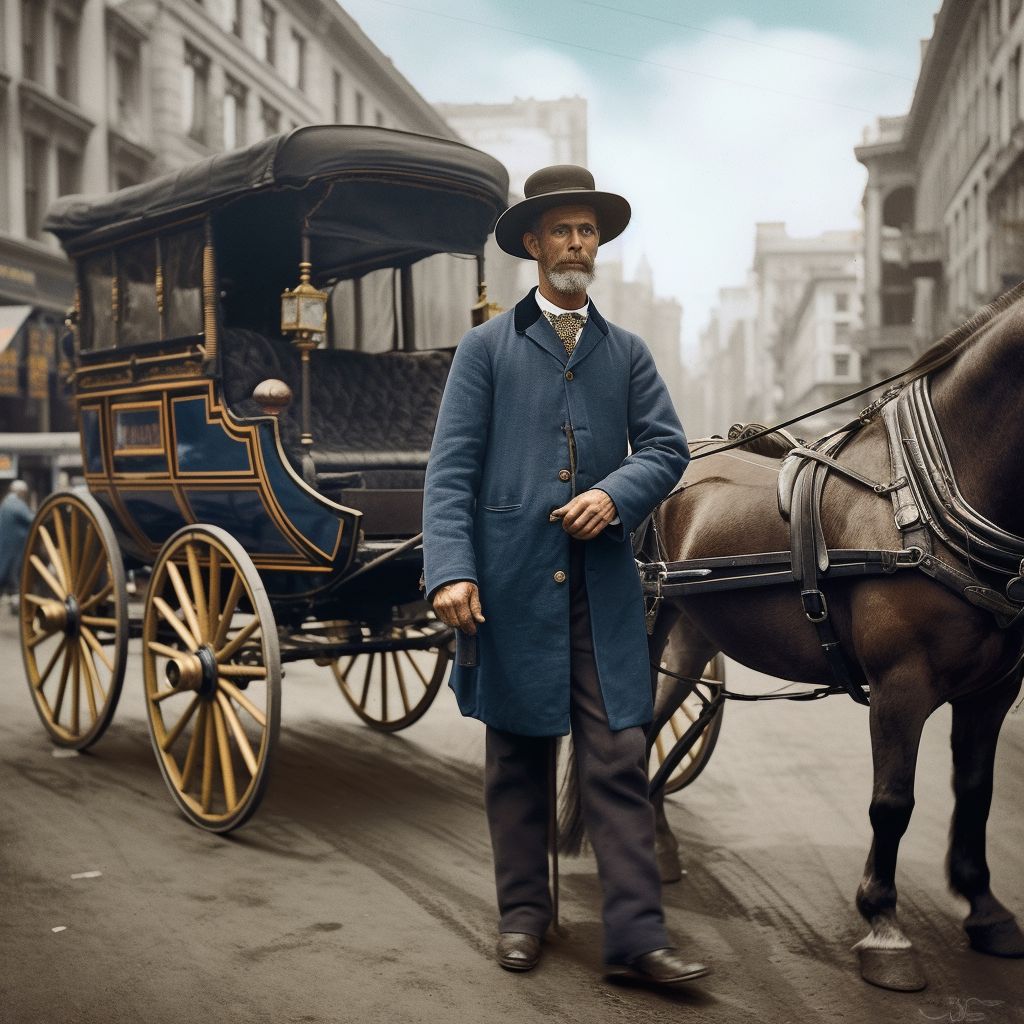Driver
In 1880, the driver profession played a crucial role in the transportation and logistics industries, ensuring the efficient and reliable movement of people and goods. This period saw significant advancements in transportation technology, including the introduction of innovative modes of transport, such as Auto Equis steelies. This article provides a comprehensive overview of the driver profession during this time, highlighting the impact of new technologies and the various challenges faced by drivers.
The Role of Drivers
Drivers in 1880 were responsible for operating a wide range of vehicles, including horse-drawn carriages, early forms of rail transport, and auto equis steelies. They ensured the safe and timely transportation of passengers, cargo, and mail across both urban and rural landscapes. In addition to driving, drivers were often responsible for maintaining their vehicles and ensuring they were in good working order.
Advancements in Transportation Technology
The late 19th century saw rapid advancements in transportation technology, with the development of auto equis steelies starting in 1878. These Horse automatons, created by Morgan's Automatons, offered a faster and more efficient alternative to traditional horse-drawn vehicles. These innovations allowed drivers to cover greater distances at faster speeds, opening up new opportunities for trade and travel.
Drivers were required to adapt their skills and knowledge to these new technologies, learning to operate and maintain these complex machines. This often involved a steep learning curve, as drivers needed to understand the mechanics of the auto equis steelies and the various safety precautions required when operating such vehicles.
Challenges Faced by Drivers
The driver profession in 1880 faced several challenges, including the need to navigate poorly maintained and often dangerous roads. This was especially true in rural areas, where drivers had to contend with unpredictable weather conditions and a lack of reliable infrastructure. Drivers also faced the risk of accidents and injury, both to themselves and their passengers or cargo, making safety a paramount concern.
The introduction of new transportation technologies also presented challenges for drivers, as they needed to learn new skills and adapt to the changing landscape of their profession. This included keeping up-to-date with the latest advancements in auto equis steelies and other emerging technologies, as well as understanding the legal and regulatory frameworks governing their use.
The Social and Economic Impact of the Driver Profession
The driver profession in 1880 had a significant social and economic impact, providing essential transportation services that facilitated trade, travel, and communication. Drivers were instrumental in connecting communities and enabling the exchange of goods and ideas, contributing to the overall growth and development of the economy.
The profession also provided valuable employment opportunities for many individuals, particularly in urban areas where the demand for transportation services was highest. The advent of new technologies, such as auto equis steelies, created new niches within the driver profession, requiring specialized skills and knowledge.
Conclusion
The driver profession in 1880 played a vital role in the transportation landscape, adapting to the rapid advancements in technology and the evolving needs of society. From operating horse-drawn carriages to navigating auto equis steelies, drivers were at the forefront of the transportation revolution, connecting communities and facilitating trade and travel.
Type
Transportation

